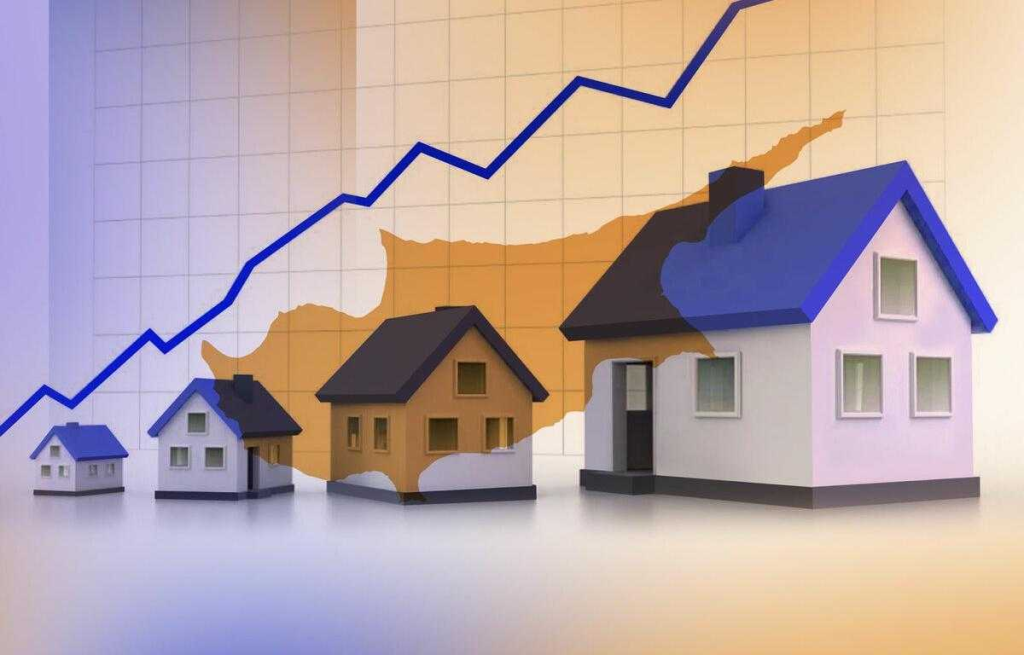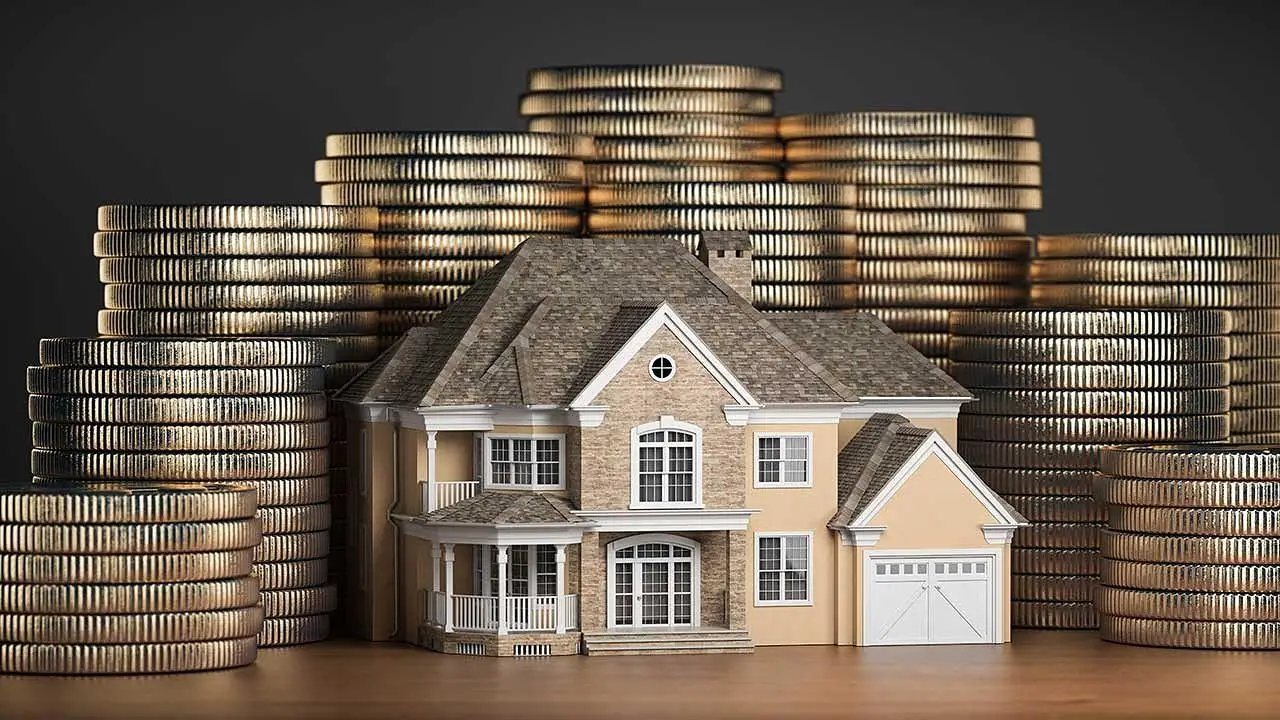The Russian real estate market is currently undergoing a period of major changes that open up new opportunities for capital investments. The question is: is it still profitable to invest in real estate under the current conditions? Economic factors, technological innovations and changes in consumer behavior affect the attractiveness of this sector for investors. A thorough analysis of current trends helps to understand the prospects and risks of such investments.
Real estate market: new horizons and hidden opportunities
In 2023-2024, the Russian real estate market will experience steady growth. The average price per square meter of housing in Moscow was 250,000 rubles, an increase of 7% compared to the previous year. In St. Petersburg, prices rose by 5% to about 170,000 rubles per square meter. The main factors for growth were the limited supply of high-quality housing and increasing demand from the population.
Interest in environmentally friendly and technologically advanced objects is growing. The rise of smart homes with integrated automation systems attracts buyers who are willing to pay for convenience and innovation. To meet market demand, developers are actively introducing new technologies and improving construction quality.
The ruble exchange rate and investment: an unpredictable relationship
 Fluctuations in the ruble exchange rate directly affect investors’ decisions. The strengthening of the local currency makes real estate investments more attractive and accessible compared to foreign assets. When the ruble weakens, investors want to invest in stable assets that can protect their capital from inflation.
Fluctuations in the ruble exchange rate directly affect investors’ decisions. The strengthening of the local currency makes real estate investments more attractive and accessible compared to foreign assets. When the ruble weakens, investors want to invest in stable assets that can protect their capital from inflation.
During the ruble devaluation in 2022, real estate investments increased by 12% as investors looked for ways to protect their money. The strengthening in early 2023 increased demand for luxury apartments and commercial properties.
Benefits and risks of real estate investment
Many people think that profitable real estate investments guarantee stable income. However, profits depend on many factors. Location plays an important role: properties in prestigious areas of Moscow and St. Petersburg generate higher rental income. The type of property also plays a role: commercial real estate often offers a higher return, but requires a larger initial investment in real estate and professional management.
According to statistics, the average return on residential real estate in Moscow is around 5-7% per year, while commercial real estate can yield an annual return of 10-12%. However, maintenance costs, taxes and possible downtime without tenants should be taken into account.
Risks of real estate investment and ways to minimize them
The risks are diverse and require careful consideration. Due to economic crises or oversaturation of the market, the market value of a property can decrease. Legal complications during the purchase can result in financial losses or long-term legal disputes.
Main risks:
- A decrease in the market value of a property due to economic factors.
- Legal issues when making a transaction.
- Decreasing rental demand due to changing market conditions.
- Changes in tax legislation increase financial burdens.
To minimize risks, it is necessary to conduct a thorough market analysis, select proven developers, take into account long-term trends and carefully consider the legal aspects of the transaction. The depreciation period of real estate can vary from 7 to 15 years. Therefore, it is important to evaluate the long-term profitability of the property.
Residential or commercial real estate: which generates more profit?
The decision to invest in residential or commercial real estate depends on the individual goals and capabilities of the investor. An apartment in a new residential complex offers stable rental income and high liquidity. There is a constant demand for living space, which reduces the risk of failure.
Commercial properties, such as offices, shopping centers and warehouse complexes, offer higher returns, ranging from 10 to 12% per year. However, these properties require significant initial investments, professional management and in-depth market analysis.
Promising properties that should attract capital
Promising properties include:
- Apartments in multifunctional complexes that combine residential and commercial functions.
- Office space in highly sought-after business parks.
- Warehouse and logistics centers related to the growth of online commerce.
- Living in developing areas where prices are likely to rise.
A long-term investor chooses real estate in regions with active economic development, such as Kazan, Yekaterinburg or Novosibirsk. These cities experience steady population growth and economic growth, which makes real estate investments more attractive.
Investment strategies: practical tips for beginners
When you start investing in real estate from scratch, careful preparation is required. The first steps include:
- Determine the budget and financial possibilities for real estate investments.
- Market research: analysis of prices, demand and regional development prospects.
- Select the type of property that suits the investor’s objectives.
- Look for reliable partners: developers, real estate agencies, legal advisors.
- Evaluation of financing options, including the use of own funds or taking out loans.
The role of mortgages in investments: a tool for capital growth
By using a mortgage, an investor can buy a property without paying the full cost. With the right approach, mortgage lending becomes an effective tool for increasing the profitability of investments. It is important to keep in mind:
- Interest rates and choose the most favorable loan conditions.
- Credit conditions and optimize them to obtain maximum benefit.
- Risks associated with possible changes in interest rates and currency fluctuations.
By purchasing a home with a mortgage, the investor spreads the financial burden over a longer period and thus obtains capital for other investments.
Real estate in an investor’s portfolio: the key to financial stability
Real estate plays an important role as a capital investment in the composition of a balanced investment portfolio. The features offer:
- Stable passive income through rental.
- Inflation protection, as the value of real estate generally increases with inflation.
- Risk diversification, which reduces dependence on fluctuations in the financial markets.
Including residential and commercial real estate in an investment portfolio can help an investor achieve financial stability and ensure long-term capital growth.
Conclusion
 Whether a real estate investment is worthwhile depends on many aspects and the individual goals and strategy of the investor. An expert approach, thorough market analysis and the right selection of properties and investment strategies ensure high profitability and minimal risks. Investing in real estate is still one of the most reliable ways to preserve and grow capital in an unstable economy.
Whether a real estate investment is worthwhile depends on many aspects and the individual goals and strategy of the investor. An expert approach, thorough market analysis and the right selection of properties and investment strategies ensure high profitability and minimal risks. Investing in real estate is still one of the most reliable ways to preserve and grow capital in an unstable economy.



 Think about the types of real estate you can invest in.
Think about the types of real estate you can invest in. Financial investments in non-residential buildings offer the opportunity to generate sustainable income, ensure a stable future and increase the value of assets. Competent investments in commercial real estate require a careful approach, risk analysis and the selection of suitable properties. But for those who are willing to take on the challenge, this path can lead to financial independence. The opportunity to be part of this dynamic field is not to be missed.
Financial investments in non-residential buildings offer the opportunity to generate sustainable income, ensure a stable future and increase the value of assets. Competent investments in commercial real estate require a careful approach, risk analysis and the selection of suitable properties. But for those who are willing to take on the challenge, this path can lead to financial independence. The opportunity to be part of this dynamic field is not to be missed.